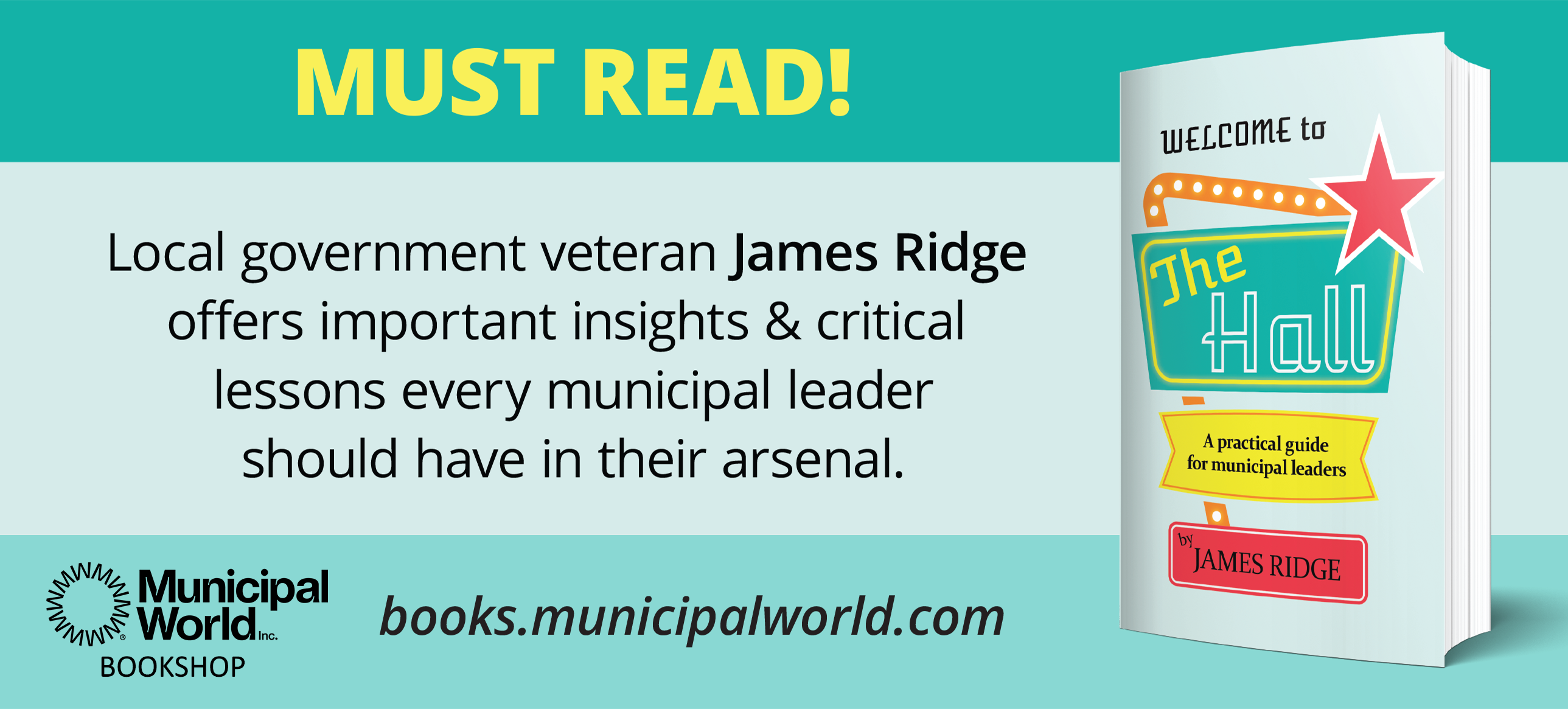13 Benefits of Online Engagement

This is the final article in a series of three on explaining the results municipalities can achieve by adopting a broad-based approach to community engagement. In our first article, we discussed the importance and value of good citizen engagement. The second article discussed how to achieve broad engagement with the community using online tools.
But, what are the tangible benefits and returns for adopting an online engagement platform? For the purpose of this article, we’ll assume the online engagement platform being used has some minimum feature set, and is not just a plug-in survey tool. That minimum feature set should include:
- a variety of engagement tools for different circumstances;
- ways of sharing information with the community in different formats;
- automated reporting on contributions, as well as site visitor behaviour;
- a participant database including demographic information tailored to your needs;
- the ability to reach out to selected participants;
- mobile compatibility;
- compliance with accessibility and security standards; and
- support from an experienced team who understand your issues (not just the technology).1
As outlined below, the benefits of online engagement are numerous.
1. Measurable output
You will receive strong purpose-built reports that can be used by both management and council to formulate and approve policy and projects for the municipality based on strong analytics. You will also own the data produced, unlike if you use social media platforms.
2. Measureable input
You will be able to provide accurate and relevant information on each topic on the platform to ensure that those making comments can do so after having the opportunity to be properly informed on the issue. Moreover, there will be those who do not comment because they were satisfied by the material.
3. Responsive policy
Policies that are developed in response to public engagement can be more aligned with on-the-ground conditions. Digital engagement also opens new venues for feedback, which can help improve services and supporting policies.
4. Citizen satisfaction
Digital engagement satisfies the public’s desire to have an easy way to share their opinion. Publicly displaying these contributions (as is the norm with discussion-oriented tools) can foster feelings of efficacy and being heard by government.
5. Building an online community
An online platform provided by the municipality will direct interested citizens to this platform and increase your audience. Once people become accustomed to engaging with the municipality, they will be much more inclined to participate in the future.
6. Enhancement of existing engagement practices
A municipal website is a tool to help inform citizens on a myriad of topics, but it is not a discussion platform. Unless a website is built explicitly for the purpose of engagement, gaps in reporting and analytics will emerge. Instead, you will need to define a strategy to understand the sentiment of a community, and work toward improving that sentiment. This can be done both online2 and in face-to-face meetings; online simply delivers a broader reach whereas face-to-face satisfies a deeper understanding. Used together, both engagement strategies will be effective in capturing community sentiment and planning an outcome.
7. Trust
Trust is important for the success of many government policies, programs, and regulations that depend on cooperation and compliance of citizens.3 The real value of an online stakeholder community is the ability to have a two-way dialogue with those stakeholders. Interactions can take many forms across a full spectrum of engagement levels, including:
- listening to and understanding stakeholders;
- distributing information, promoting ideas, and education;
- crowdsourcing ideas and prioritizing them;
- discussing solutions interactively;
- consulting and collecting quantitative and qualitative submissions;
- visualizing and co-designing options;
- co-creating and collaborating to deliver solutions; and
- building long-term online stakeholder communities as a source of reputation capital.
These interactions help governments relate directly to thousands of citizens and stakeholders at a time, across multiple forms of media that provide both quantitative and qualitative insights. They do so in a manner that is quick and cost-effective, reaching 360 degrees of stakeholders, 24/7, 365 days a year.4
8. Secure accessible space
Reputable platforms comply with global and local accessibility and security standards. They should be regularly tested against these standards – ensuring you don’t have to worry about compliance beyond requesting to see the provider’s policies.
9. Improved service delivery
Digital tools increase public access to local government, so that service issues can be quickly reported and results efficiently shared.
10. Increased and diversified engagement
Digital engagement can give the public a more interactive, convenient, and informative way to participate in decision making. Digital engagement can also increase public understanding of decisions and foster potential support for ongoing implementation. For local governments, a key benefit of digital engagement is the hard-to-reach people, expanding input beyond the “usual suspects,” connecting with demographic groups – like young people, families, or people with physical disabilities – who are less likely to attend a public meeting, but are comfortable participating digitally.
11. Cost effective
Online engagement not only helps focus your engagement dollars, but also allows your communications staff to focus their efforts into one platform, using your other communications tools to direct the public to that platform online.
12. Flexibility
The online platform can be used to explore an unlimited number of additional issues in the future, and to build a larger online community that will routinely engage with the municipality on new and emerging initiatives. In line with recent open government initiatives, the municipality can rapidly share the information, adding value for all residents, as well as for management and council.
13. Internal collaboration and engagement
The municipality can foster internal collaboration by involving multiple departments in developing content, managing, and responding to civic engagement projects. Digital tools aren’t just for engaging the public. Use internal websites, discussion forums, listservs, and other tools to tap into employee wisdom and preferences.
Conclusions
Community engagement is a valuable investment. It builds trust and satisfaction, saves time, and leads to better decision making.
Given the difficulty of attracting representative audiences to face-to-face engagement events and the very high rates of connection to the internet within most communities, it seems logical to look to online tools to enhance community engagement efforts. It’s convenient, easy, leads to better informed audiences, and can help build community capacity and trust.
Conversely, not engaging the community online comes with serious risks. Vacating the online space does not stop conversations from taking place. And, if these conversations are not hosted by your organization, it is hard to monitor, impossible to control, and it’s very difficult to properly inform the conversation with facts.
Conducted properly, with an eye to the quality of engagement and inclusiveness of community representation, online engagement can massively enhance the reach and value of community engagement that cannot be rivaled by more traditional methods.
1 A fuller discussion of what to look for in an online community engagement platform can be found here: http://www.bangthetable.com/blog/6-tips-for-choosing-online-community-engagement-software/.
2 Online engagement is best done with a website – or an area of a website – that is dedicated to online engagement.
3 OECD, “Trust in Government,” http://www.oecd.org/gov/trust-in-government.htm.
4 Kim Heismann quoted in “Why Stakeholder Engagement is Key to Successful CSR Programs,”Ethical Business Update, 2015, http://ethicalbusinessupdate.com/stakeholder-engagement/why-stakeholder-engagement-is-key-to-successful-csr-programs.html.
Ron Shaw is President of Ron Shaw & Associates. Ron has spent four decades working in and around local government, including more than 20 years as the Chief Administrative Officer of the City of Stratford, Ontario.
Matthew Crozier is CEO and Co-Founder of Bang the Table (www.bangthetable.com). Matt has spent the past 10 years working with hundreds of government organizations in five countries around the world to successfully implement online community engagement strategies.
as published in Municipal World, June 2018
Related resource materials:



